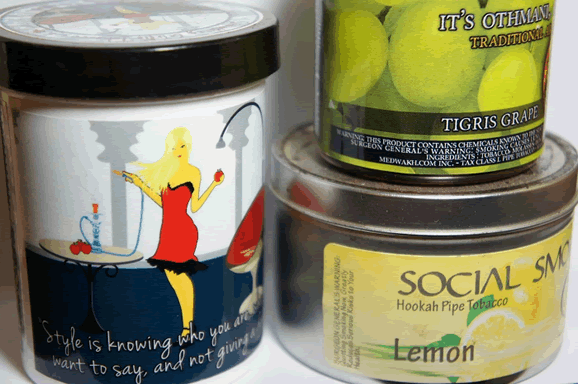There is a lot of talk about the best blends and mixes, but where are you supposed to start with so many flavors to choose from? The first step is choosing a main flavor upon which to base your blend. Do you want to make a savory blend, something fruity or a combination of the two? Next you choose your backbone flavor. Start with something strong that you know you love and will stand up to the other flavors you have in mind. Instead of trying to plan out something overly complex it’s best to use a simple flavor like orange and build from there. The backbone should make up at least 50% of your total tobacco. I’m going to use orange as the main example because it’s such a versatile flavor.

Now you choose your complimentary notes. I’m a fan of spiced oranges, so a few different baking spices are going to make their way into this blend. You don’t want the complimentary notes to overpower the backbone, so each flavor should only comprise 10-20% o the blend and adjust the backbone to take up the slack. If you were mixing only orange and cinnamon I would use 90% orange with 10% cinnamon. Throw some clove in the mix and the ratios become 80%orange, 10% clove and 10% cinnamon.

Now it is time to do the actual blending and I suggest using a kitchen scale for repeatable accuracy. Set the scale to gram measurements because that will make it easier to scale up if you ever want to mix with entire 250g packs. Measure out the additions and add them one by one until you reach your desired weight. I suggest mixing only a bowl or two at a time to start so that you can try the blend without wasting too much if things go awry. About 50g at a time will give you plenty for a test batch. Mix all of the components thoroughly in a clean container that can be easily sealed.

The next part is the toughest of them all. Wait a full day. I suggest at least 24 hours before actually loading the bowl to allow the flavors to meld together and marry into one tobacco. There is something to be said for smoking the blend right away so that each of the flavors is still very distinct, but this step also helps to avoid heat management issues when mixing tobaccos with different degrees of wetness.
Lastly, take notes. If you’re serious about blending it is well worth jotting down a few numbers and names to keep your best creations on hand. Not only will you be able to reproduce the successes, but a few tasting note will help you to revisit and improve the failures. I’ve lost quite a few amazing blends to the wind thanks to simply forgetting to write anything down. It doesn’t take much time and it’s worth the small amount of effort.
I have a few blends that I like to keep in my normal rotation and I like to mix large batches so that I don’t have to scramble to reproduce the magic. It’s worth mixing a kilo at a time when it’s something you really love.
Have you found some blends that were amazing and you want to share with the world? Have you found some that you want to warn the world about? Share them below and we might feature them in a future post.
